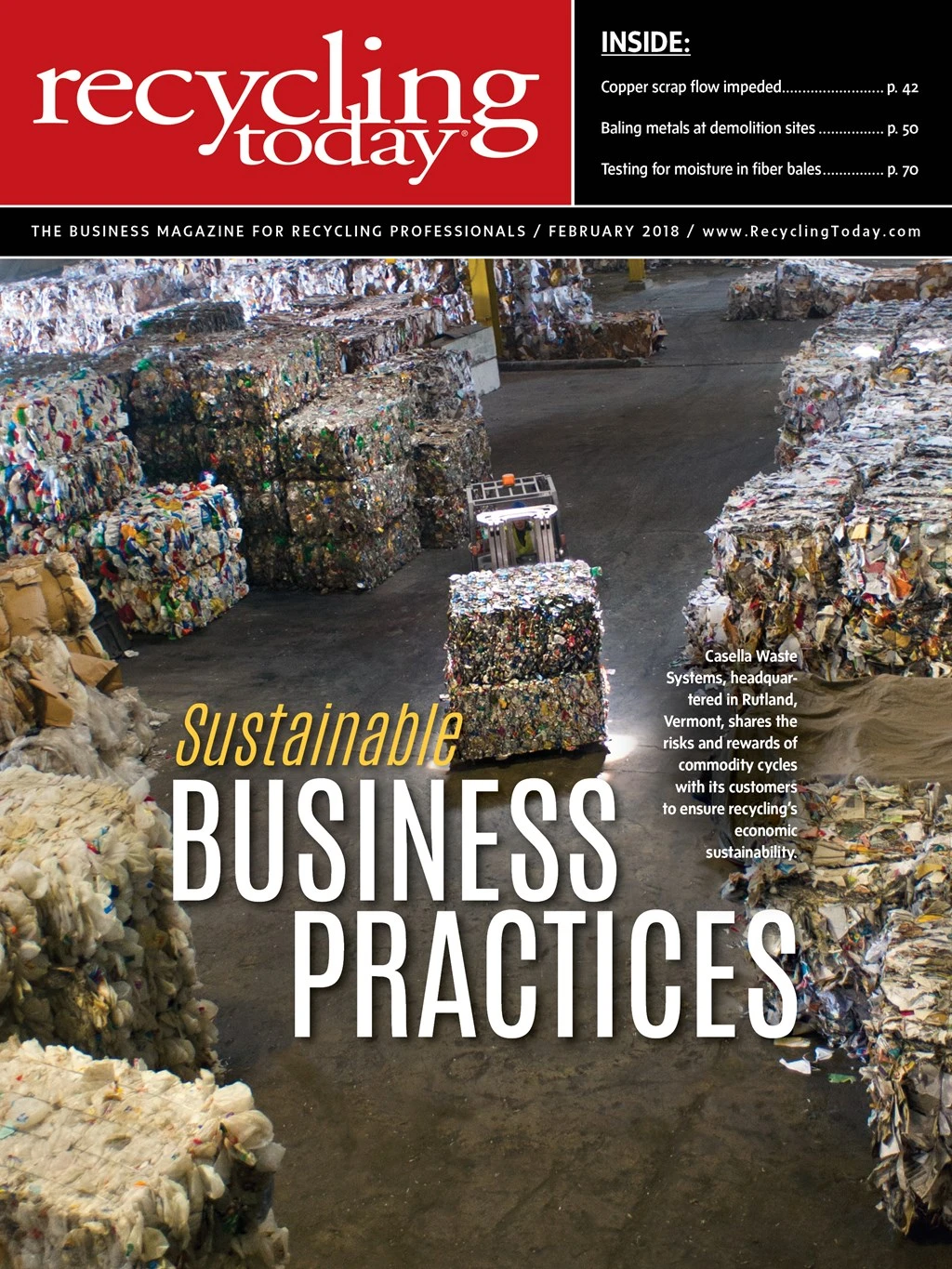China’s crackdown on aluminum production in that country has had a dual focus: closing unapproved plants to address overcapacity concerns and cutting production during the winter months to provide some relief from pollution. Despite this crackdown, China reached record aluminum production for 2017 in December.
Reuters reports that state-owned Aluminum Corp. of China (Chinalco), the world’s largest aluminum producer, launched new capacity in December, producing 2.71 million metric tons of aluminum, or 15.3 percent more of the metal than it produced in November. However, production was 1.8 percent lower than it was in December 2016, Reuters says, citing data from China’s National Bureau of Statistics (NBS).
In all of 2017, China produced 32.27 million metric tons of aluminum—1.6 percent more than it produced in 2016, according to NBS’ statistics.

Chinalco’s startup of new smelting capacity in Inner Mongolia and the southern province of Guangxi is responsible for the increased production, according to Reuters, which reports these regions were not required to cut capacity under the pollution crackdown.
If Chinese production continues at this pace, this material will have to find a home, and it could eventually affect demand and pricing for some forms of aluminum scrap.
The Washington-based Institute of Scrap Recycling Industries’ (ISRI’s) “Weekly Market Report” email, dated Jan. 22, cites London Metal Exchange (LME) three-month aluminum trading reaching as high as $2,270.50 per metric ton as of Jan. 19 after starting the week at $2,218.50 per metric ton.
ISRI says Fastmarkets reported a 9 percent increase in the U.S. Midwest-delivered aluminum premium as of mid-January, which was spurred by the possibility that U.S. government might implement tariffs soon following its Section 232 investigation into aluminum imports. The U.S. Commerce Department submitted that report to the White House Jan. 19, and the president has 90 days to consider taking action.
“Rising terminal market prices and physical market premiums reportedly gave a boost to secondary aluminum prices,” ISRI says, citing American Metal Market (AMM) reports of average secondary smelter prices that ranged from 58 to 60 cents for old sheet, 59 to 61 cents for old cast, 61 to 63 cents for painted siding and 63 to 65 cents for mixed low copper aluminum.
Despite the higher pricing, sources point to aluminum as well as copper scrap generally being in oversupply as of late January.
“While mills and secondaries are still publishing prices, delivery dates are typically pushed out at least 30 days,” according to the nonferrous marketing manager for a scrap processing company based in the Midwest.
Aluminum and copper scrap suppliers have been seeing long delivery dates since the fourth quarter of 2017.
“The one exception at this point appears to be the stainless and nickel alloy grades,” the nonferrous marketing manager says, adding that steady demand has buoyed pricing for this material.

Explore the February 2018 Issue
Check out more from this issue and find your next story to read.
Latest from Recycling Today
- Phoenix Technologies closes Ohio rPET facility
- EPA selects 2 governments in Pennsylvania to receive recycling, waste grants
- NWRA Florida Chapter announces 2025 Legislative Champion Awards
- Goldman Sachs Research: Copper prices to decline in 2026
- Tomra opens London RVM showroom
- Ball Corp. makes European investment
- Harbor Logistics adds business development executive
- Emerald Packaging replaces more than 1M pounds of virgin plastic





